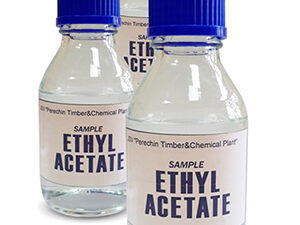Description
Lactic Acid: More Than Just a Workout Culprit
Lactic acid. The name alone often conjures up images of burning muscles, aching limbs, and the dreaded soreness that follows an intense workout. But lactic acid, or more accurately, lactate, is far more complex and essential than just a byproduct of exercise. It plays a vital role in energy production, cellular communication, and even contributes to survival in stressful situations.
From Villain to Vital Fuel: Unpacking the Misconception
For years, lactate has been wrongly portrayed as a metabolic waste product solely responsible for the burning sensation and fatigue during exercise. While it’s true that intense activity can lead to increased lactate levels, the narrative of “lactic acid build-up” damaging muscles and causing soreness is outdated.
The truth is that lactate is a metabolic fuel, not a waste product. When the body’s demand for energy exceeds the supply of oxygen available, such as during strenuous exercise, glucose is broken down through a pathway called anaerobic glycolysis. This process produces pyruvate, which can then be converted to lactate.
The Lactate Advantage: Energy, Efficiency, and Endurance
Instead of being a hindrance, lactate actually serves several crucial purposes:
- Fuel for the Fire: Lactate can be transported from muscle cells to other tissues, including the heart, brain, and even resting muscles, where it can be converted back to pyruvate and used as fuel. It’s essentially recycled energy, optimizing the body’s efficiency.
- Glucose Precursor: Lactate can also travel to the liver where it’s converted back into glucose through a process called gluconeogenesis. This new glucose can then be released back into the bloodstream to provide energy to working muscles, further extending endurance.
- Cellular Signaling: Lactate acts as a signaling molecule, influencing various cellular processes, including angiogenesis (the formation of new blood vessels) and inflammation. This role is still being actively researched, but it highlights the complex and multifaceted nature of lactate.
- Protecting the Brain: Lactate is a preferred fuel for the brain under certain conditions, such as during hypoglycemia (low blood sugar). It can quickly provide the brain with the energy it needs to function optimally.
Beyond Exercise: Lactate in Medicine and Industry
The importance of lactate extends far beyond the realm of sports and fitness. It has applications in:
- Medical Diagnostics: Measuring lactate levels in blood can be a valuable tool for diagnosing various medical conditions, including sepsis, shock, and tissue ischemia (inadequate blood supply). Elevated lactate levels can indicate a lack of oxygen delivery to tissues, allowing for early intervention and improved patient outcomes.
- Food Production: Lactic acid is widely used in the food industry as a preservative, flavor enhancer, and acidulant. It’s found in fermented foods like yogurt, sauerkraut, and pickles, contributing to their characteristic tangy flavor and extended shelf life.
- Cosmetics and Pharmaceuticals: Lactic acid is also used in cosmetic products for its exfoliating and moisturizing properties. It’s a common ingredient in skin peels, lotions, and creams, helping to improve skin texture and appearance.
Conclusion: Embracing the Nuance of Lactate
Lactate is more than just a workout buzzkill. It’s a dynamic and versatile molecule that plays a crucial role in energy metabolism, cellular signaling, and overall physiological function. By understanding its true nature, we can move beyond the simplistic notion of “lactic acid build-up” and appreciate the complex and beneficial contribution of lactate to human health and performance. So, the next time you feel that burn during exercise, remember that lactate isn’t the enemy – it’s a vital partner in helping you push your limits and reach your goals.

















Reviews
There are no reviews yet.